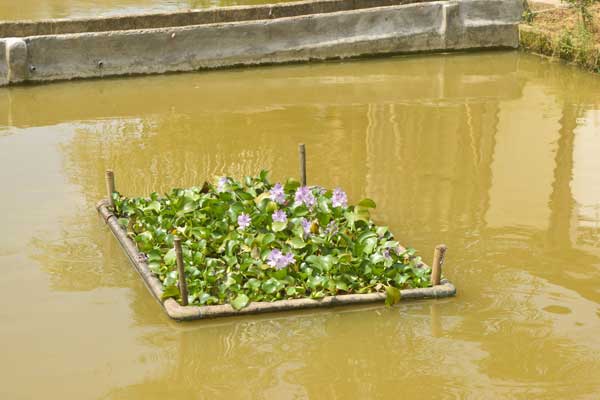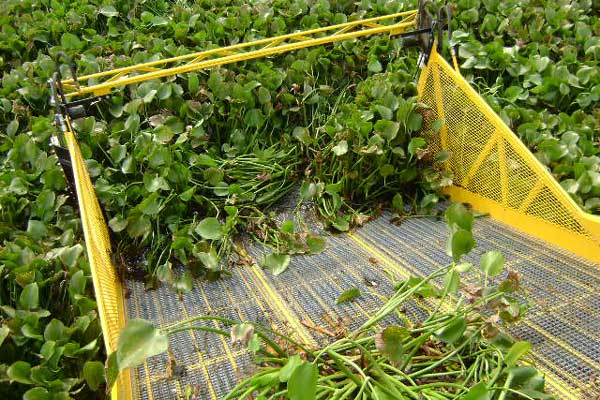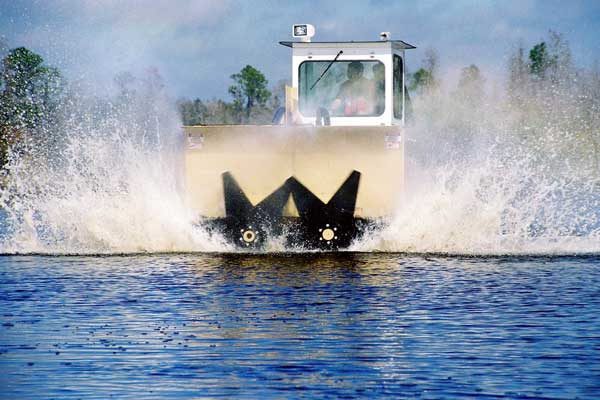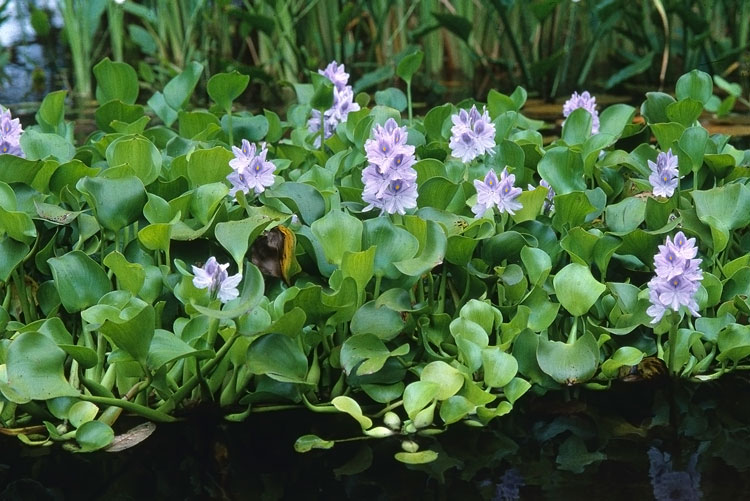
Resources
Our up-to-date library on water hyacinth, its impact, and management solutions
Water Hyacinth to Help Remove Chromium from Water

Heavy metal poisoning is a growing concern in many parts of the country. Scientists from India and Ethiopia have developed a new, low-cost, and safe method for removing chromium-6, a highly toxic heavy metal, from wastewater. This method uses water hyacinth to effectively clean polluted water.
Aquatic Plant Harvester to Remove Water Hyacinth

The current method of using expensive chemical herbicides to control water hyacinth in the Delta costs $5 million to $6 million each year. However, this approach has become ineffective and impractical, with the plant continuing to grow. The group suggests moving away from chemical treatments and exploring alternatives like biological controls. They also highlight the benefits of using an aquatic weed harvester, which removes the plant directly from the water. This method is more cost-effective and doesn’t rely on harmful chemicals.
MANAGING AQUATIC PLANTS ON A MASSIVE SCALE

Africa’s Lake Victoria, the world’s second-largest freshwater lake, faces a severe water hyacinth infestation, forming massive floating islands that disrupt fishing and transportation. To combat this, Aquarius Systems proposed deploying three Swamp Devil Aquatic Vegetation Shredders—powerful machines with dual circular cutting blades that propel, steer, and shred the invasive plants into small pieces.
WATER HYACINTH SHOWS POTENTIAL FOR MICROPLASTIC REMOVAL

New research suggests that water hyacinth may help remove microplastics from water. Scientists found that the invasive plant traps plastic particles in its roots, potentially offering a natural way to clean up polluted waterways. While more studies are needed, the findings add to growing interest in solutions that address both plastic pollution and invasive aquatic plants.
